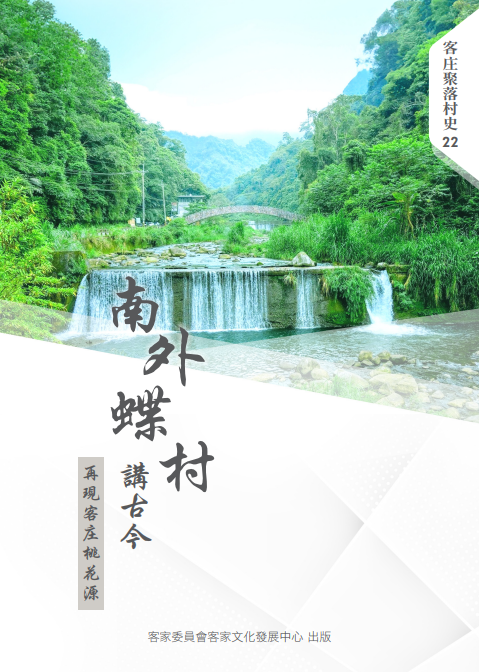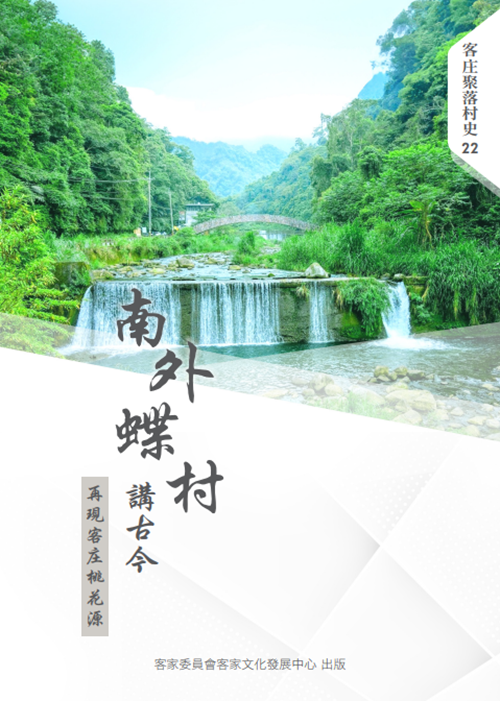
Research & Library
Telling the Past and Present of Nanwai Butterfly Village: Recreating the Hakka Peach Blossom Land
- Source:客家文化發展中心
- Publication Date:2025/09/21
- Last updated:2025/09/21
- Count Views:248

The terrain of the Nanwai community in Beipu Township is predominantly mountainous, with the Daping, Danankeng, and Xiaonankeng streams flowing through the area. Steep mountains and deep valleys, along with fast-flowing waters, leave only limited land suitable for agriculture.
Some say that, this is a neglected outcast on the outskirts Beipu, Hsinchu County since ancient times—unloved and unrecognized. Others, however, describe it as a serene paradise: small bridges spanning gentle streams, butterflies dancing through the air, a place untouched by worldly concerns, where villagers live in harmony and share their meals with the butterflies. So, what kind of village is Nanwai, really?
The Nanwai community was originally a mixed settlement of the Saisiyat and other Plains Indigenous peoples during the Qing dynasty. Later, Hakka settlers cultivated the area, and it flourished during the Japanese colonial period. However, by the 1960s, the village experienced rapid decline. Under the guidance of Taiwan’s Ministry of Agriculture—through the Rural Development and Soil and Water Conservation Agency (formerly the Soil and Water Conservation Bureau of the Council of Agriculture)—Nanwai transformed into the thriving community it is today, blending historical and cultural heritage with eco-friendly recreation. This book invites us to explore the rich past and present of the Nanwai community.
Published by: Ho Chin-Liang
Publisher: Hakka Culture Development Center, Hakka Affairs Council
Author: Yang Bao-Lian
GPN: 1011400048
ISBN: 978-626-7242-69-8
First Edition: February 2025
Price: NT$250

